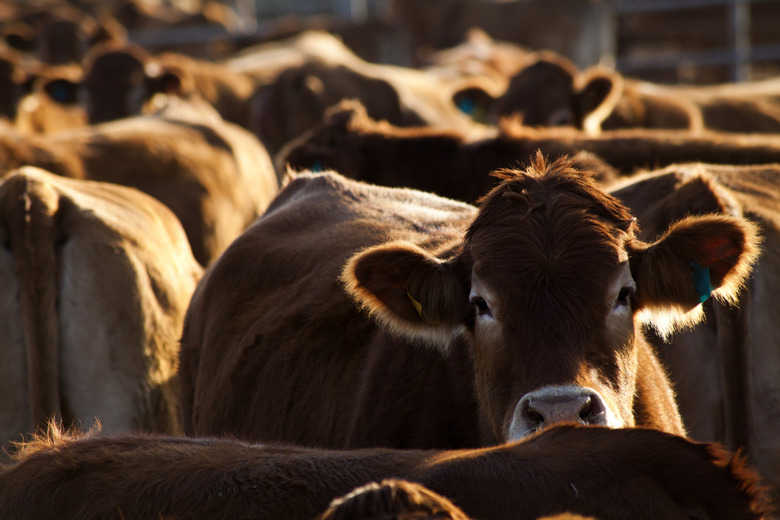Definition Of Primary Consumer
In ecology, organisms that feed upon other organisms are classified as consumers. Primary consumers are differentiated from other consumers by feeding upon producers–organisms that make their own food. The energy and nutrients consumed by the primary consumers from producers becomes the food for secondary consumers that consume the primary consumers.
Energy in Ecosystems
Energy in Ecosystems
Life requires an expenditure of energy. Metabolism, growth, movement, and other life activities demands living organisms to harness and utilize energy. However, as this energy is used some of the energy is lost. Because of this energy need and subsequent loss, ecosystems require a constant input of energy. Autotrophs, such as plants, algae and some bacteria, gather their energy and nutrients from their environment to make their own food, while heterotrophs include all animals and depend on the consumption of other organisms to meet their energy and nutrient needs.
Food Webs
Food Webs
The flow of energy and nutrients through an ecosystem may be depicted using a food chain. In a food chain, an autotroph harnesses the energy and nutrients in their environment and becomes the food for a heterotroph. The heterotrophy, in turn, may become the food, and therefore supply the necessary energy and nutrients, to another heterotrophy. While food chains show this flow of energy in a simple, linear fashion, most ecosystems are much more dynamic with multiple autotrophs and heterotrophs entering the chain at multiple and various points. Food webs expand on the image of a food chain by incorporating this complexity in their depiction.
Primary Producers
Primary Producers
The importance of autotrophs in harnessing the energy and nutrients required for the entire ecosystem cannot be understated. These organisms, also referred to as primary produers, provide a bridge between the available resources in the environment and the biological components of the ecosystem. In other words, they produce the food needed for the entire ecosystem. The most familiar primary producers are plants and algae which use photosynthesis to produce food from light, water and carbon dioxide.
Primary Consumers
Primary Consumers
Since heterotrophs cannot make their own food, they must gather their food from other organisms. In the case of consumers, this food is obtained by consuming the energy and nutrients stored in the cells of other organisms. Primary consumers feed directly upon primary producers to obtain their nutrients and energy. This group of organisms includes familiar grazers such as cattle, horses and zebras.
Secondary and Tertiary Consumers
Secondary and Tertiary Consumers
The primary consumers in turn become the food for secondary consumers which prey upon them. Tertiary consumers subsequently feed on secondary consumers. While this path may seem quite linear, many organisms fulfill different roles at different stages of their life. For example, many large fish begin life as primary and secondary consumers during their juvenile stage but may grow to become tertiary consumers in their adult life. Other organisms, such as humans, may feed on both primary producers and consumers throughout their life simultaneously fulfilling a role as primary, secondary, and tertiary consumer.
Cite This Article
MLA
Chandler, David. "Definition Of Primary Consumer" sciencing.com, https://www.sciencing.com/definition-primary-consumer-6518902/. 13 March 2018.
APA
Chandler, David. (2018, March 13). Definition Of Primary Consumer. sciencing.com. Retrieved from https://www.sciencing.com/definition-primary-consumer-6518902/
Chicago
Chandler, David. Definition Of Primary Consumer last modified March 24, 2022. https://www.sciencing.com/definition-primary-consumer-6518902/
